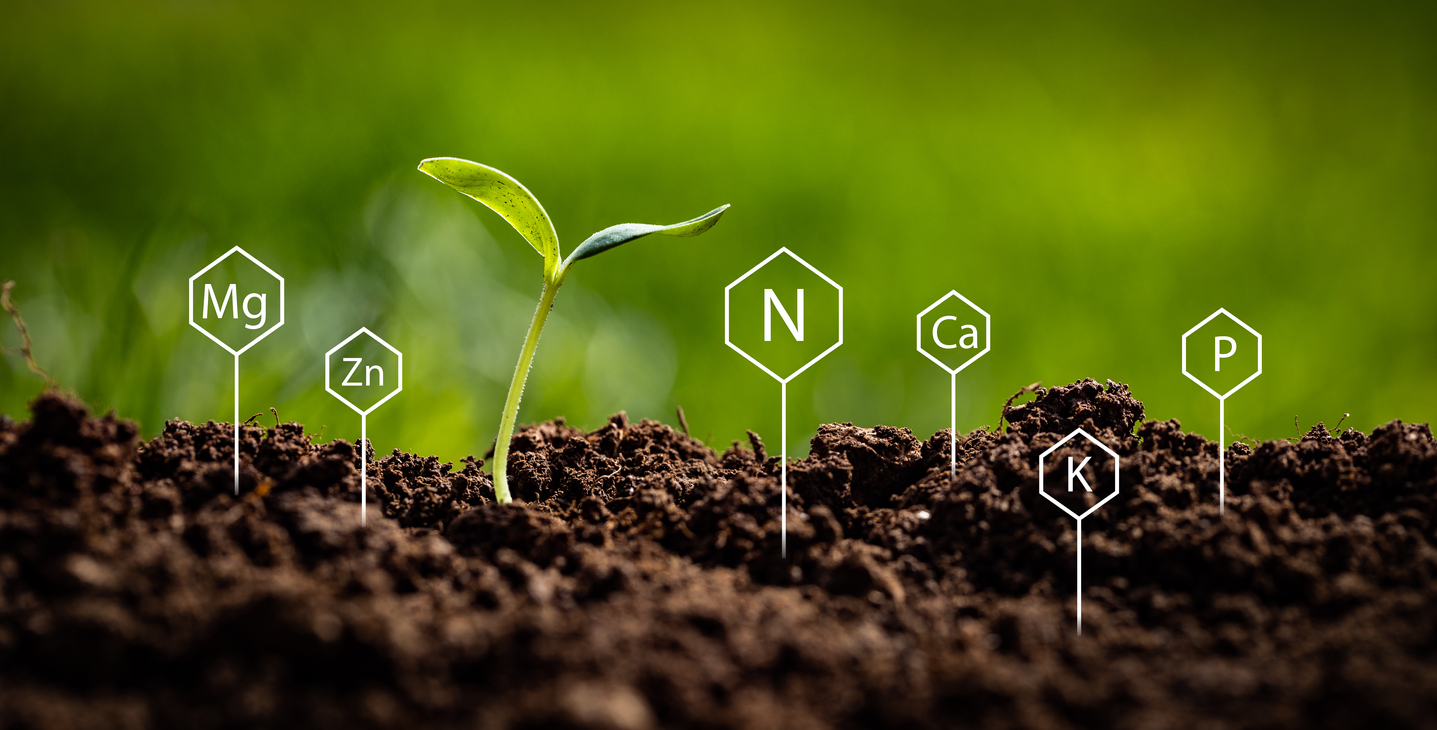Understanding Soil Phosphorus
Phosphorus (P) fertilizer improves crop yields, so farmers add P fertilizer either every year or only once to corn in corn-soybean rotation. Unfortunately, only about 5-15% of applied P fertilizer is used by plants the year it is applied. Since P is so reactive, the remaining 85-95% of applied P fertilizer is quickly tied up or complexed by the soil. When fertilizer costs are high, farmers can use the P that is in their soil bank without sacrificing yield as long as P soil test levels are adequate.
Soil P can be lost in two ways. Soluble reactive phosphorus (SRP) or orthophosphate easily leaches while particulate phosphorus (P bound to soil particles) is lost when soils erode. One way of minimizing P losses and utilizing P more efficiently is to understand how soil P is stored. There are four main pools of soil P: SRP, soil microbes, absorbed soil particulate P, and mineral P.
The smallest P fraction is the SRP or orthophosphate with 0.5-1#/acre of soil P in solution which is microbially and plants available. Phosphorus (P) is highly reactive which means it always want so be married to another element. Aluminum, iron, and calcium as positive cations quickly tie up SRP because SRP is a negative anion. Soils generally have very little P stay in this plant and microbial available form, since it can be easily leached. However, the other soil P fractions replenish P as SRP when the soil concentration gets too low.
Another soil P form is in the soil microbes. Typically, there may be 50#/A of microbial P being recycled. There are 250 species of arbuscular mycorrhizae fungi (AMF) that help plants get P, other micronutrients, and water. Phosphorus (P) is a valuable element and hard to find in the soil. Solubilizing bacteria also make P microbially and plant available. Plants feed the microbes sugars in root exudates, the AMF transports the sugars to the solubilizing bacteria to feed them, and then the AMF transports back SRP and everyone wins! However, when P fertilizer is applied, often the AMF and P bacteria are suppressed because the plant stops secreting sugars to feed the system. In 3-6 weeks, plants can be starving for SRP because the system shut down. Putting on too much P fertilizer can hurt the natural system for extracting P.
The third soil P form is the absorbed particulate P. This form of P can vary from 500#/A in sandy soils to 1500-1800#/A in clay soils and is slowly released. This P form does not show up on soil test, but solubilizing bacteria make it microbially and plant available. Soil absorbed particulate P is the form that erodes away and about 30% becomes available as SRP in water. Just one pound of SRP may turn into 500# of harmful algal blooms. Keeping P in the soil is critical to improving water quality.
The mineral soil P tied up in rocks varies by soil type and texture but can be 9,000#/A. Most soil applied P fertilizer quickly precipitates out of the soil solution into this fraction. Solubilizing bacteria can make this P slowly available but it is highly dependent on soil pH. Acid soils with a low soil pH tie up SRP with aluminum, iron, and manganese. Alkaline soils with a high soil pH have calcium to bind the SRP. Recent research shows that the AMF and solubilizing bacteria may have more difficulty turning mineral P into SRP if the P source originated from fertilizer applied P. Apparently, natural or native mineral P is easier to extract by soil microbes than fertilizer P. Possibly, the salt content of P fertilizer is detrimental or some other factor is reducing P extraction.
In an optimal system with good soil health, the need for P fertilizer may be greatly diminished. Soil microbes (AMF and solubilizing bacteria) slowly and efficiently make P available to soil microbes and plants with greater efficiency and less losses. There are several ways to optimize this approach. First, reduce applied P and put on P fertilizer in smaller doses. High levels of P fertilizer can be detrimental to natural soil microbes (AMF and solubilizing bacteria). Second, buffer and stabilize soil P by adding humic compounds. Most soil applied P fertilizer precipitates out in 20-40 days. Humic compounds especially humin can stabilize this P for 60-90 days. Third, keep natural soil microbial populations healthy. Adding cover crops, bio-stimulates, and stable carbon sources keeps the P in our fertilizer active and available without leaching, running off, or eroding away. Promoting soil health is Mother Nature’s way of efficiently keeping soil nutrients plant available.
